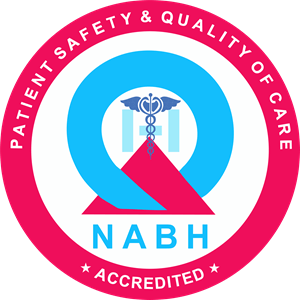Introduction:
Tennis elbow, a common condition, isn’t exclusive to tennis players. This blog aims to increase awareness about tennis elbow, offering insights into its causes, symptoms, and various strategies for prevention and management.
What is Tennis Elbow?
Tennis elbow, or lateral epicondylitis, is a condition characterized by inflammation and pain on the outer part of the elbow. Contrary to its name, tennis elbow can affect anyone, not just those involved in racquet sports. It often results from repetitive arm motions and overuse of the forearm muscles and tendons.
Common Causes:
- **Repetitive Strain:** Activities involving repetitive gripping, twisting, or lifting can strain the forearm muscles and lead to tennis elbow.
- **Incorrect Technique:** Improper technique while playing sports or performing certain tasks can contribute to the development of tennis elbow.
- **Age and Overuse:** Individuals aged 30-50 are more prone to tennis elbow, and overusing the forearm muscles without adequate rest can exacerbate the condition.
Recognizing Symptoms:
- **Pain and Tenderness:** Persistent pain and tenderness on the outer part of the elbow.
- **Weak Grip:** Difficulty gripping objects or performing simple tasks due to weakened forearm muscles.
- **Stiffness:** Stiffness in the elbow, especially in the morning or after prolonged periods of inactivity.
Prevention Strategies:
- **Proper Technique:** Whether playing sports or engaging in daily activities, ensuring proper technique reduces the risk of developing tennis elbow.
- **Strengthening Exercises:** Regularly incorporating forearm and grip-strengthening exercises into your fitness routine can help build resilience.
- **Rest and Recovery:** Adequate rest between activities and giving your muscles time to recover is crucial in preventing overuse injuries.
- **Ergonomic Adjustments:** Make ergonomic adjustments at work or during activities to minimize strain on the forearm muscles.
Management and Treatment:
- **Rest and Ice:** Allow the affected arm to rest, and apply ice to reduce inflammation.
- **Pain Medications:** Over-the-counter pain medications can provide relief. Consult with a healthcare professional for appropriate recommendations.
- **Physical Therapy:** Engaging in a physical therapy program can help improve flexibility and strength in the forearm.
- **Bracing:** Wearing a brace or splint can provide support and reduce strain on the affected muscles and tendons.
When to Seek Professional Help:
If symptoms persist or worsen despite self-care measures, it’s essential to consult with a healthcare professional. They may recommend additional treatments, such as corticosteroid injections or, in rare cases, surgical intervention.
Conclusion:
Tennis elbow is a common and treatable condition that can affect individuals from various walks of life. By understanding its causes, recognizing symptoms early, and implementing preventive measures, individuals can minimize the impact of tennis elbow on their daily activities. If you suspect you have tennis elbow or are experiencing persistent elbow pain, consult with a healthcare professional for personalized guidance and an effective treatment plan. Remember, early intervention and proactive management contribute to a faster and more successful recovery.


